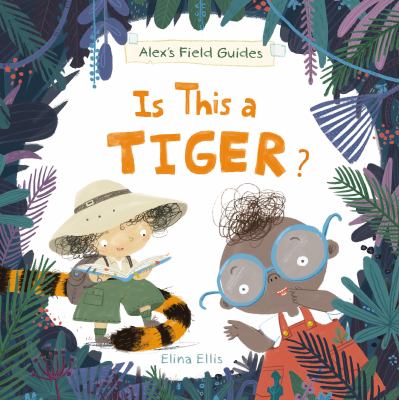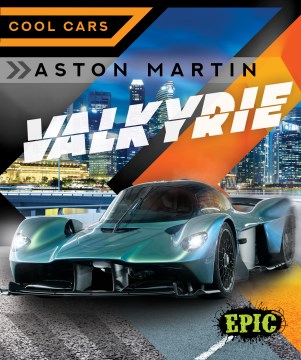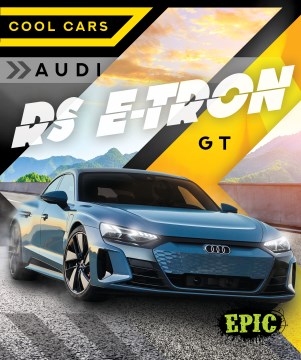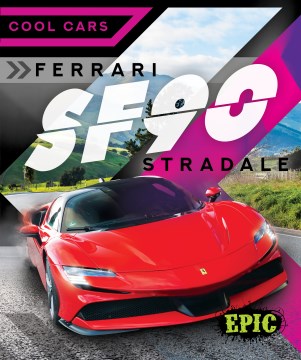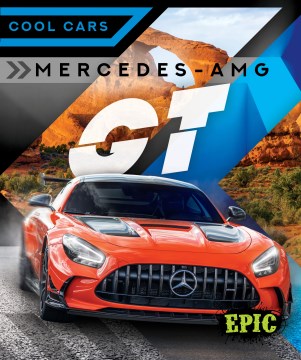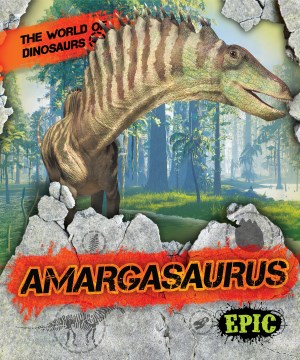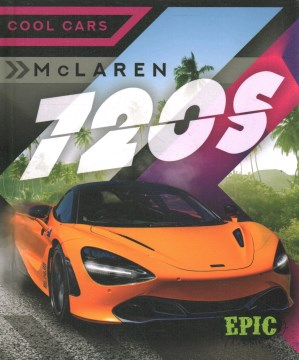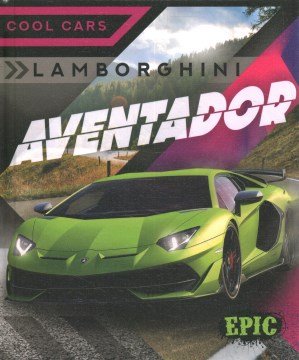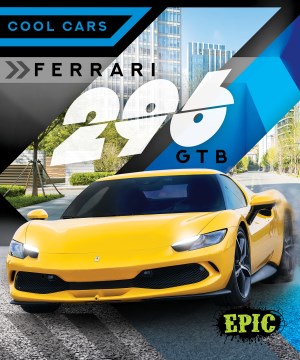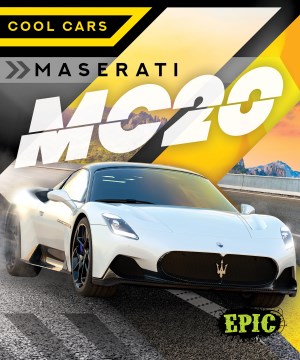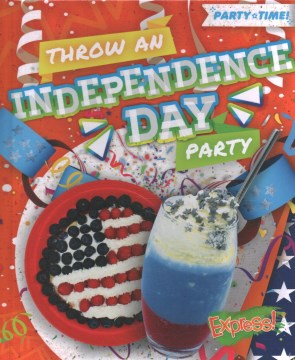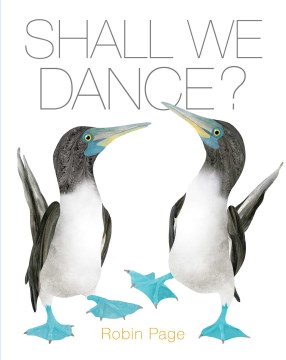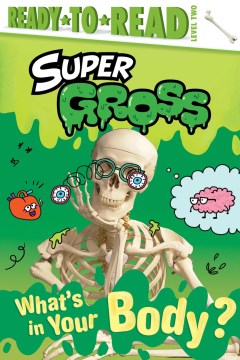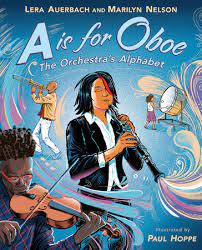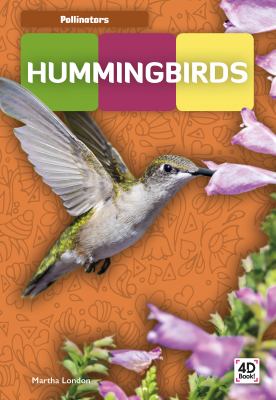
by Martha London
Hummingbirds describes the life and importance of hummingbirds. Facts are presented with accompanying photos and QR codes are interspersed throughout with added videos, activities and information. Unfamiliar words are bolded and colored with a glossary at the back of the book. There is a page of connections to consider, an index and further information as well.
This book packs a lot of information into 32 pages and the extras via QR codes make it a fantastic addition to your science collection. Photos are clear and brilliant, a timeline of the lifecycle is well-done and text spacing all make this book accessible for many readers.
It is part of a series called Pollinators and should be a first choice when updating your collection. It is geared toward upper elementary, but will prove useful (with guidance) for the younger readers. Free teaching resources are included. Highly recommended.

